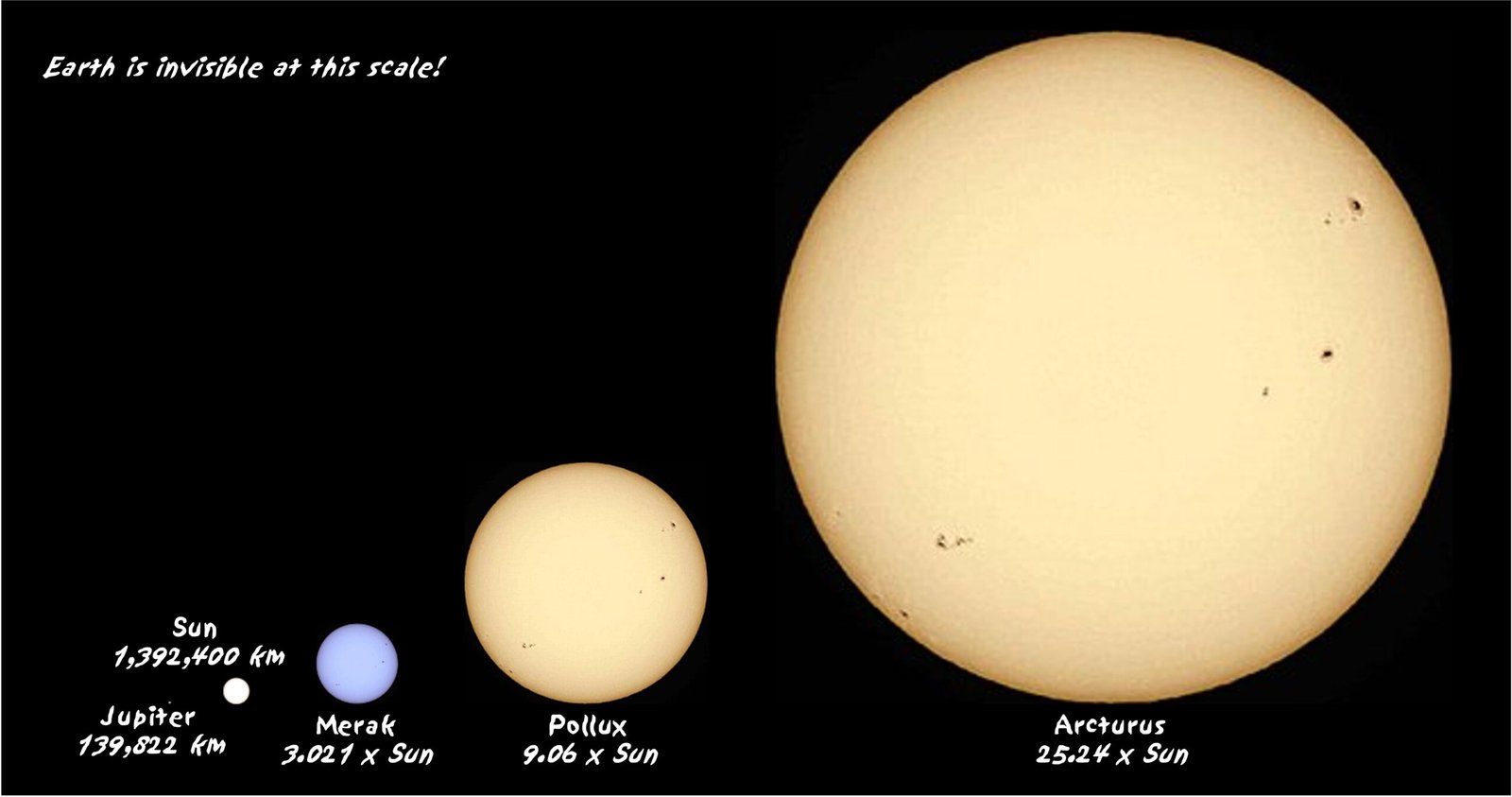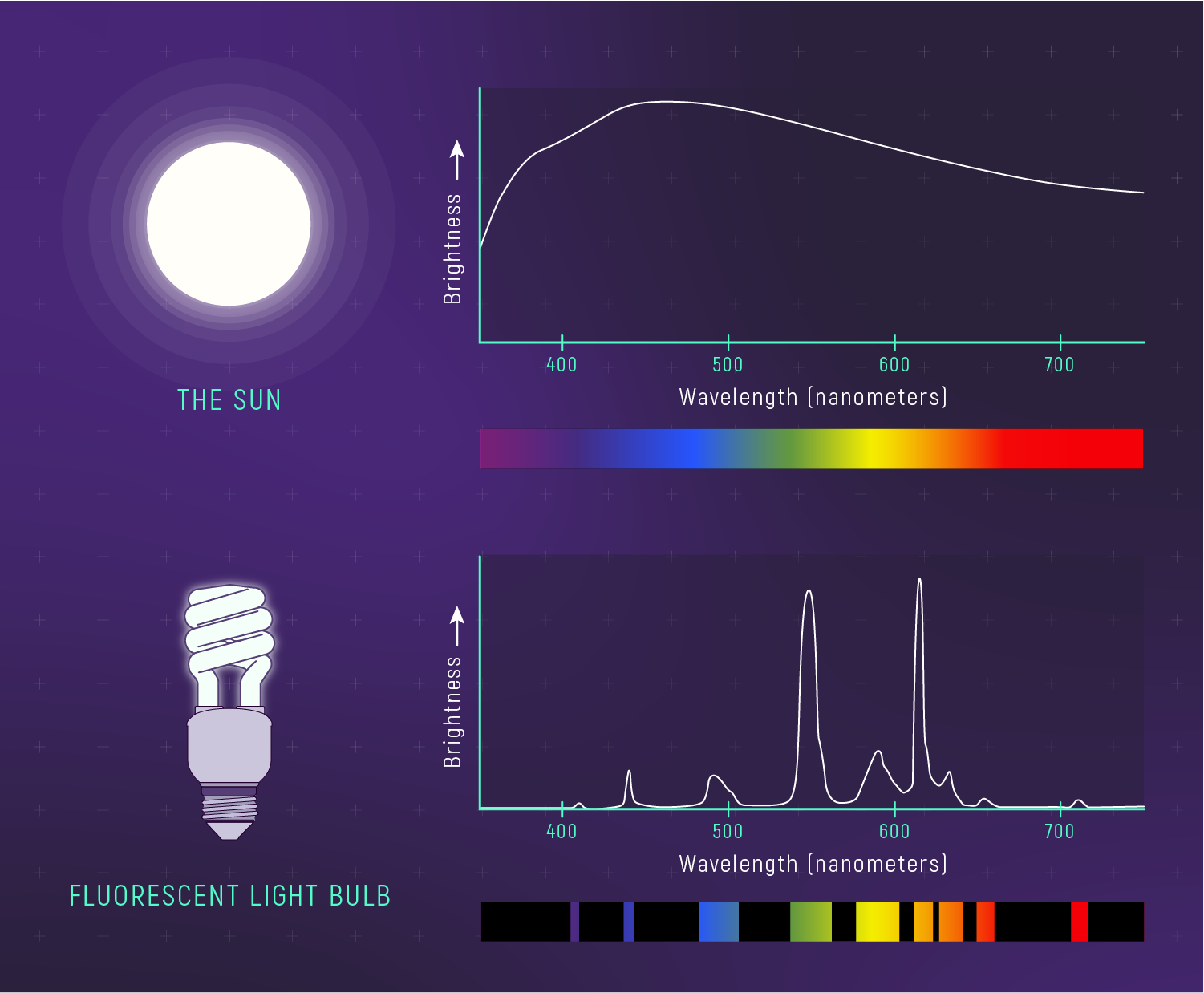Have you ever looked up at the sky on a bright afternoon and wondered, “Why does everyone say the Sun is yellow?” Maybe you’ve drawn hundreds of suns as a child, each one a perfect yellow circle with cheerful rays. But here’s a twist that might surprise you: the Sun isn’t really yellow at all. In fact, its true color is something far more dazzling and mysterious than most of us ever imagine. Let’s embark on a journey across science, perception, and space to uncover the real color of our star—and why everything you thought you knew about the Sun’s hue might be a trick of light and human eyesight.
The Ancient Guesswork: Why We Thought the Sun Was Yellow
For centuries, humans have described the Sun as yellow. Ancient cultures painted it gold or yellow in their art, probably because that’s how it looked from Earth. But this wasn’t based on any scientific measurement—it was all about what people saw with their eyes. Early astronomers didn’t have advanced instruments, so they relied on their senses. Over time, the idea of a yellow Sun became so deeply rooted in our culture that it started to feel like undeniable truth. The real story, though, is far more complicated and fascinating.
What Color Is the Sun, Really?
If you were to travel far enough away from Earth, away from our thick, blue sky, and look at the Sun with your bare eyes (well, with proper protection!), you’d see something surprising: the Sun would appear white. This is because the Sun emits light across all visible wavelengths, blending them into a pure white glow. Scientists call this a “blackbody spectrum”—and our star is a nearly perfect example of one. The result is a beautiful, balanced white light, not the golden orb we paint in our notebooks.
The Science of Sunlight: Understanding the Spectrum
Sunlight is made up of a blend of all the colors you see in a rainbow. When sunlight passes through a prism, it splits into red, orange, yellow, green, blue, indigo, and violet—exactly what Isaac Newton discovered centuries ago. This full spectrum means the Sun isn’t biased toward yellow. Instead, it radiates every color almost equally. The combination of all these colors, when mixed together, appears white to our eyes, much like how mixing all paint colors turns muddy, but mixing all light colors in the right amounts creates white.
The Role of Earth’s Atmosphere

So why does the Sun often look yellow, orange, or even red to us on Earth? The answer lies in our atmosphere. As sunlight passes through the air, molecules and tiny particles scatter the shorter, bluer wavelengths more than the longer, redder wavelengths. This phenomenon, called Rayleigh scattering, is what makes the sky blue and the Sun appear yellow or orange, especially when it’s lower in the sky at sunrise or sunset. If you took away the atmosphere, the Sun would look white from the surface.
Perception vs. Reality: How Our Eyes Trick Us
Our eyes aren’t perfect detectors of color—they’re influenced by context, lighting, and even what colors are nearby. When the Sun is high overhead, we’re dazzled by its brightness, and it can seem almost white. But as it dips toward the horizon, atmospheric effects and our own biology conspire to make it look warmer. The cones in our eyes, which detect color, can actually be overloaded by bright sunlight, causing us to see it as yellowish or even pinkish at times. It’s a classic case of perception not matching reality.
What Would an Astronaut See?

Astronauts aboard the International Space Station have one of the best seats in the house for seeing the Sun’s true color. Floating above the atmosphere, many astronauts report that the Sun looks white, not yellow or orange. The absence of atmospheric distortion lets them view the pure, unfiltered light pouring out from our star. This first-hand experience is a powerful confirmation of what physics tells us.
The Sun’s True Temperature and Its Color

The color of a star is closely linked to its surface temperature. Our Sun’s surface is roughly 5,800 Kelvin—a temperature that emits light right in the middle of the visible spectrum. Stars cooler than the Sun look redder, while hotter stars appear blue-white. Because the Sun is right in the sweet spot, it radiates a balanced spectrum that our eyes interpret as white. This is why astronomers often call the Sun a “G-type main-sequence star” or “yellow dwarf,” but “yellow” is more about classification than actual color.
Sunsets and Sunrises: Nature’s Color Show
Few things are as breathtaking as a fiery sunset or sunrise. But those stunning reds, oranges, and purples aren’t the Sun’s true colors—they’re the result of sunlight traveling through more of the atmosphere, which scatters away the blue and green light, leaving behind the warmest hues. It’s like nature’s own Instagram filter, painting the sky with colors that exist only in that fleeting moment. These colors, while beautiful, are illusions created by our unique vantage point on Earth.
Rainbows: Proof of the Sun’s White Light
Rainbows are nature’s proof that the Sun emits all the colors of visible light. When sunlight hits raindrops, it splits into its component colors, creating the familiar arc of red, orange, yellow, green, blue, indigo, and violet. If the Sun were truly yellow, our rainbows would look a lot different—missing the cool blues and purples. Instead, the full spectrum shows that the Sun is, in fact, a white-light star.
Why Do We Call It a “Yellow Dwarf”?

The term “yellow dwarf” is a bit of an astronomical misnomer. While it’s a handy label for stars in a certain mass and temperature range, it doesn’t mean the star actually appears yellow. Astronomers use this label as a quick way to group stars by their properties, not their color. In reality, most “yellow dwarfs” like our Sun emit a white light, and only look yellowish from Earth due to atmospheric filtering.
How Artists and Culture Shape Our View of the Sun
From cave paintings to children’s books, the Sun has almost always been depicted as yellow or gold. This is partly because these warm colors evoke feelings of happiness, warmth, and life. Our cultural imagination is shaped by what we see, and what we want to feel. Even modern emojis stick to the yellow Sun, reinforcing this age-old idea. Art and story have as much power as science in shaping our shared vision of the cosmos.
The Sun Through Different Eyes: Animals and Insects
Humans aren’t the only creatures gazing up at the Sun. Birds, insects, and some mammals see the world through very different eyes—literally. Bees, for example, can see ultraviolet light, which is invisible to us. To a bee, the Sun’s light might look quite different, shimmering with patterns we can’t even imagine. This reminds us that “color” isn’t an absolute truth, but a biological experience shaped by each species’ unique senses.
Modern Technology: Measuring the Sun’s Light
With today’s technology, scientists can measure the Sun’s light with incredible precision. Spectrometers break down sunlight into its component wavelengths, revealing a smooth curve that peaks in the visible spectrum. This curve confirms what astronauts and theory suggest: the Sun’s light, unfiltered, is white. Satellites and telescopes have even helped us spot subtle variations—tiny dips in certain colors caused by elements in the Sun’s atmosphere.
The Sun in Outer Space: A Blinding White Beacon
If you could float outside the influence of any atmosphere at all, the Sun would appear as a brilliant white point, almost too intense to look at directly. Space probes and satellites that photograph the Sun with specialized cameras often capture this dazzling whiteness. It’s a stark contrast to the golden Sun we see from Earth, and a reminder that our home planet adds its own flavor to everything we see.
Why White Light Matters for Life on Earth
The Sun’s white light is a secret ingredient for life. Plants depend on the full spectrum for photosynthesis, using reds and blues most efficiently. Our own bodies rely on this same light, with vitamin D production and our sleep cycles tied to the Sun’s rhythm. If the Sun emitted just yellow or red light, our planet might be a very different place—less green, less vibrant, and maybe even uninhabitable.
The Sun’s Color in Science Fiction and Imagination

Writers and filmmakers love to play with the Sun’s color, sometimes giving alien worlds blue suns or red giants. These creative choices aren’t just for spectacle—they help set the mood and hint at what kind of life (or danger) might exist under unfamiliar stars. But in reality, our Sun’s white light is a rare and special thing, a cosmic Goldilocks that’s just right for life as we know it.
How Our Understanding of the Sun’s Color Has Changed

Science is always evolving, and so is our understanding of the Sun. Centuries ago, we relied on our eyes; now, we use instruments that can measure every photon. As our knowledge grows, so does our appreciation for the Sun’s complexity. It’s not just a yellow ball in the sky, but a living laboratory, teaching us about light, color, and the universe itself.
Fun Experiments: Seeing the Sun’s True Color at Home
You don’t need a space suit to glimpse the Sun’s true color. With a simple glass prism, you can split sunlight and see its full spectrum for yourself. Or try looking at the Sun’s reflection in a mirror or water (never directly at the Sun!)—sometimes, you’ll notice it seems less yellow and more white. Even taking photographs with a well-balanced camera can reveal a whiter Sun than you’re used to seeing.
My Personal Take: A White Sun, A Colorful World

Growing up, I always drew the Sun as a big yellow circle, just like everyone else. But learning the science behind its true color gave me a new appreciation for the world around me. It’s amazing to realize that our planet’s atmosphere acts like a giant artist, painting the sky with colors that aren’t really there. Now, every time I see a golden sunset, I think about the bright white star shining behind the curtain.
What Does the Sun’s True Color Mean for Us?
Knowing that the Sun is white might seem like a small detail, but it changes the way we see our place in the universe. It reminds us that reality is deeper and more beautiful than our first impressions. The next time you look up and see that familiar yellow disk, remember: you’re seeing a cosmic illusion, a masterpiece painted by Earth’s atmosphere. Isn’t it wild how something so basic—like the color of the Sun—can still surprise us after all these years?



